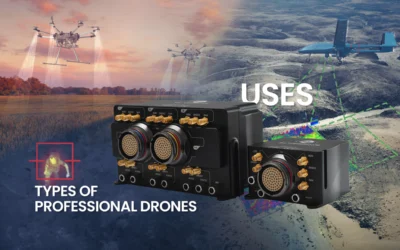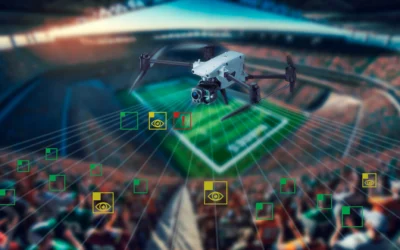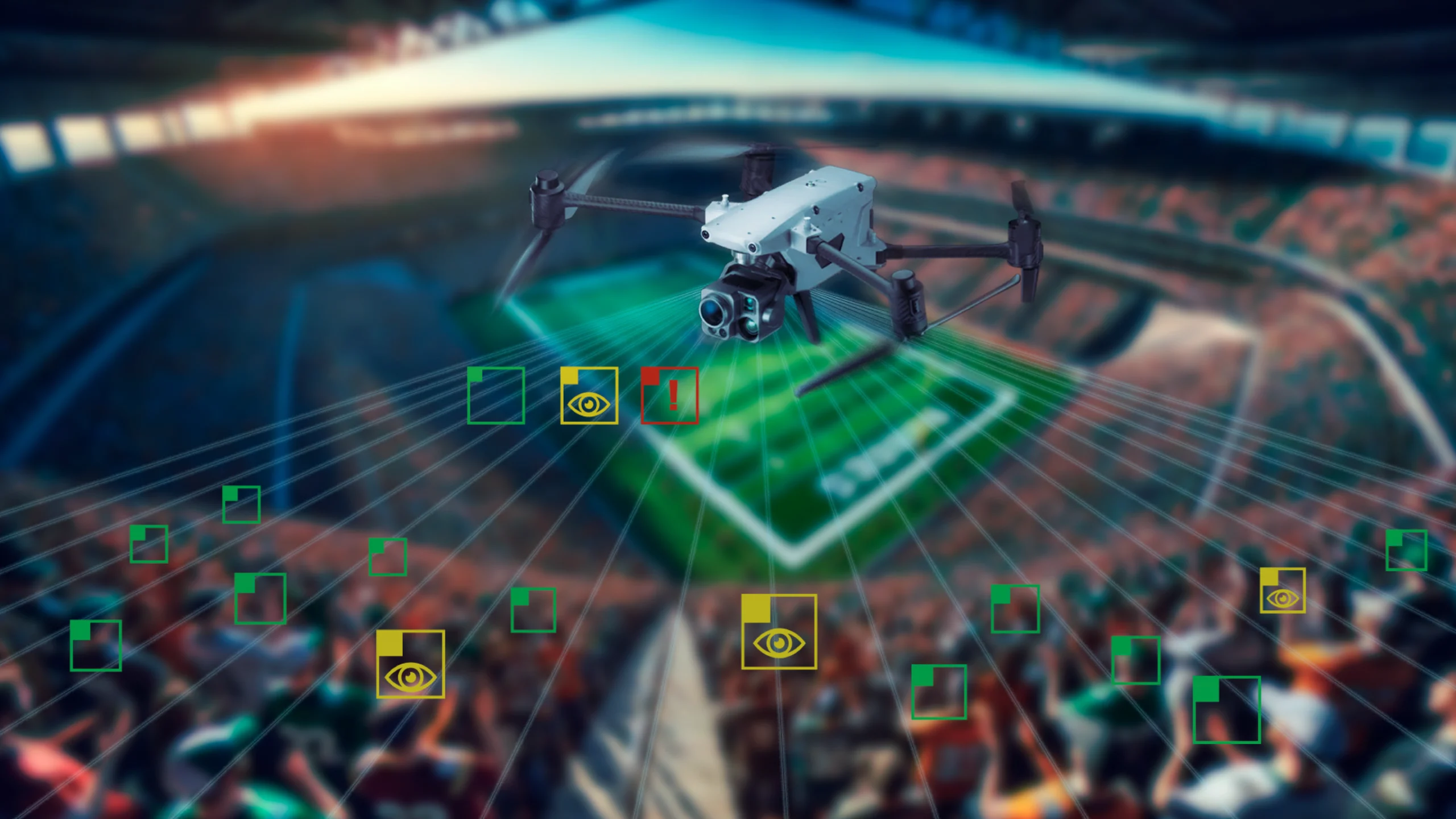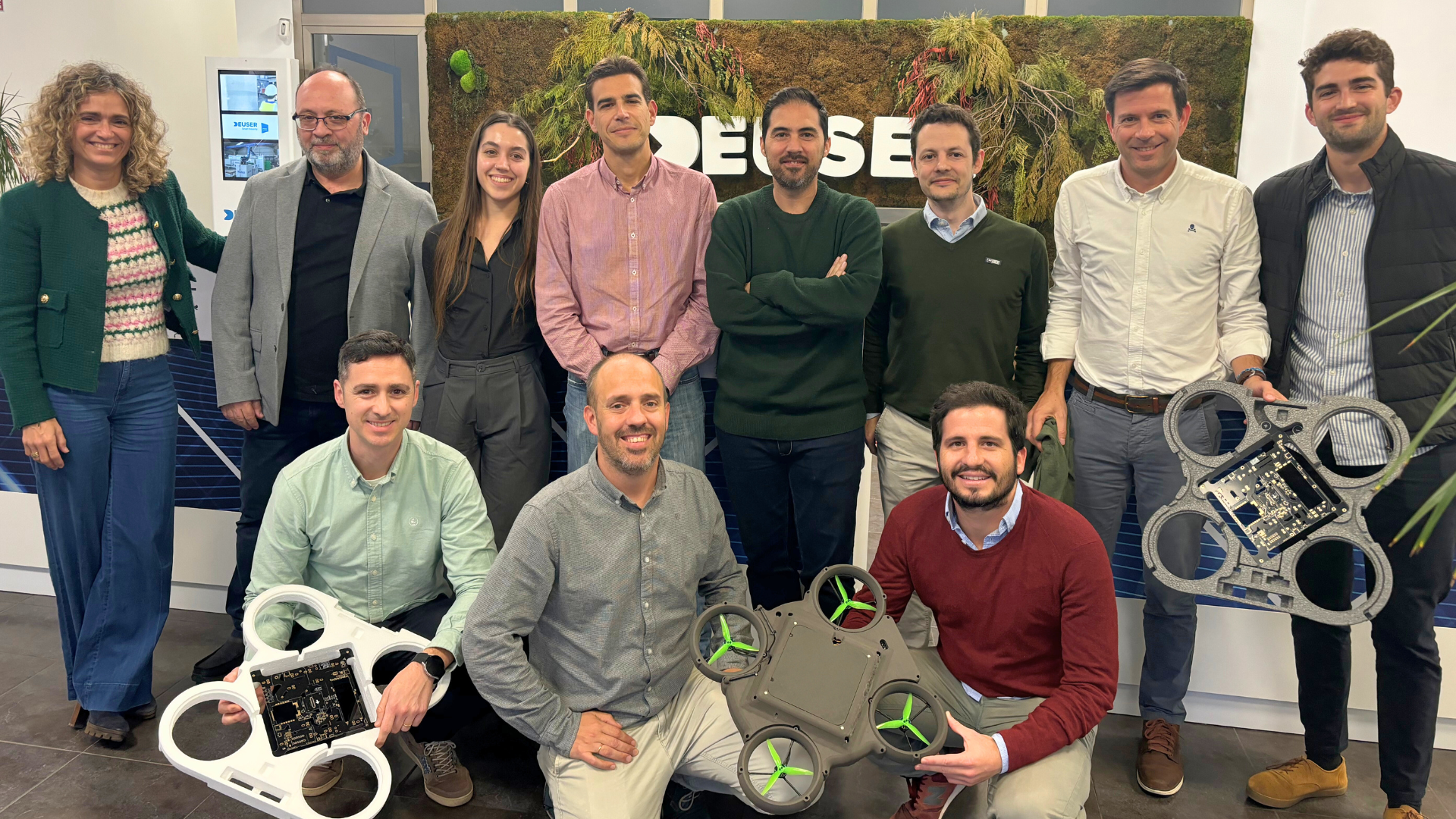In 2016, civil aviation authorities are working to update the regulation for the operation with drones and UAVs in their respective countries. Optimized regulations are expected by operators, including suggestions and demands from the industry and operators.
According to most advanced regulations and comments from civil aviation authorities, regulation in the field of drones tends to classify operations according to their level of criticality. The definition of critical operation is strongly linked not only to the dimensions and characteristics of the aircraft but also to the conditions in which the operation is performed. In example, the distance from the operator is divided into VLOS (Visual Line of Sight) and BLOS (Beyond Line of Sight) classes. In countries where this classification already applies, operations in urban areas with high population density and flights near buildings or monuments are always considered critical areas.
Hardware and software calcification is a key factor in operating in critical areas. In Italy, for example, the latest regulation establishes as a requirement for operation in critical areas that the control system or Autopilot is qualified according to ED-12/DDO178 standards with DAL D or better criticality level. Furthermore, the first RPAS issued with a civil-type certification in Europe was required to include an autopilot qualified according to DO254 for hardware and ED-12/DDO178 for software.
Another requirement of the regulation that seems indispensable for UAV certification is the need to install an autopilot capable of storing navigation data onboard at the time it transmits it in real time to the control station for monitoring the flight by operator. Also, these devices must have a nameplate with operator data.
Veronte Autopilot in line with Drone sector regulation
Veronte Autopilot 1x includes various means to ensure flight safety and to meet the highest requirements from civil aviation authorities concerning aircraft certification and their regulation. The Embention team works daily to improve system performance and safety, applying the experience gained during certification processes to the needs in legislation and the industry.
Veronte Autopilot 1x is developed according to ED-12 standards, having a DAL B criticality level exceeding the minimum required by existing regulations. ED-12 standard is equivalent to DO-178, including rules for aeronautical onboard software certification. Furthermore, Veronte Autopilot 1x is designed according to the DO-254 standard that guarantees quality in hardware and is also designed and tested according to DAL B requirements of criticality.
In addition to hardware and software qualification, Veronte Autopilot 1x includes further means focused on safety and integration with certified systems:
- Support for failsafe systems and parachutes.
- FTS (Flight Termination System) or “Deadman” for activating a recovery system.
- Dual and triple redundant autopilot.
- Configurable mitigations, automatic activation of safety procedures (back home, emergency landing, parachute, etc.)
- Embedded LOS datalink for real-time telemetry and compatibility with Satcom and 4G modules for BLOS operations.
- Configurable onboard data storage (Black Box).
- Collaborative and non-collaborative Sense and avoid.
- No Go Areas definition.
- Transponder compatibility.
- Modules for Situational Awareness.















